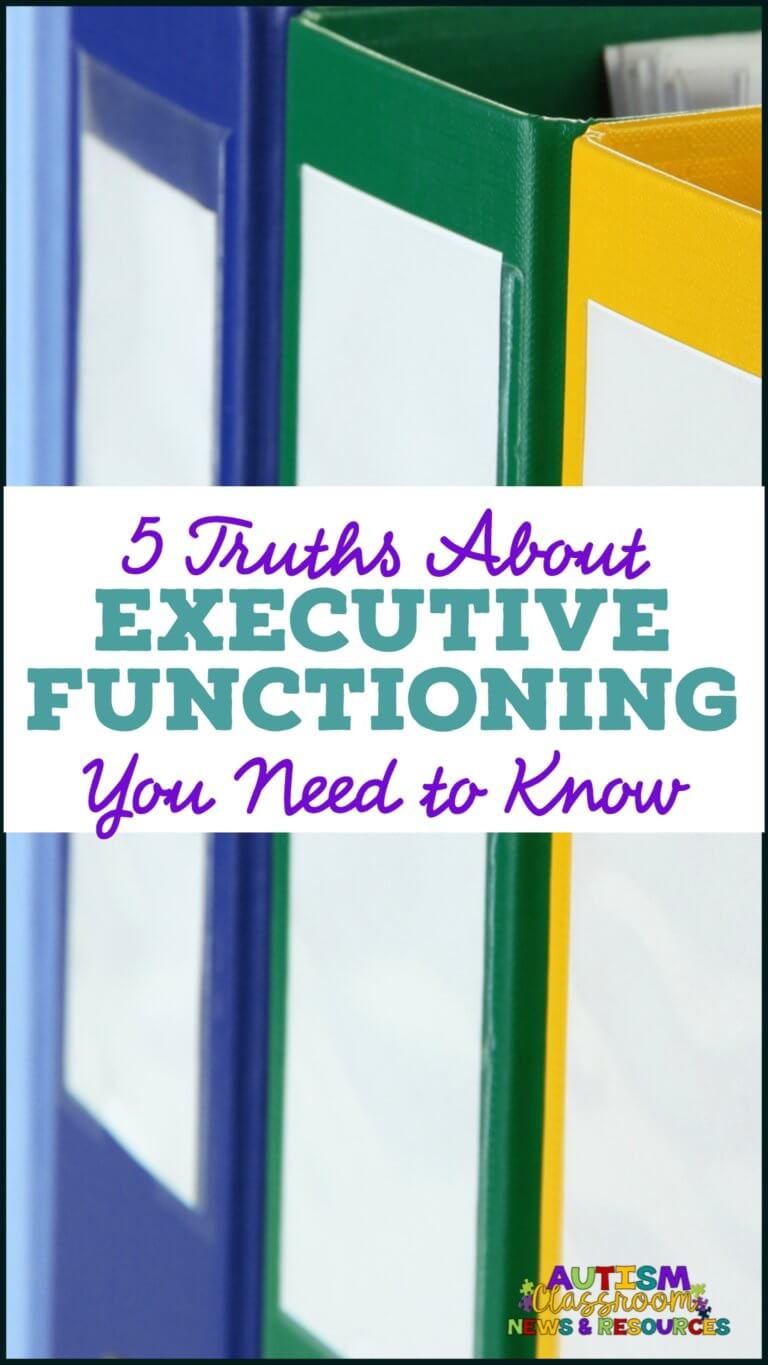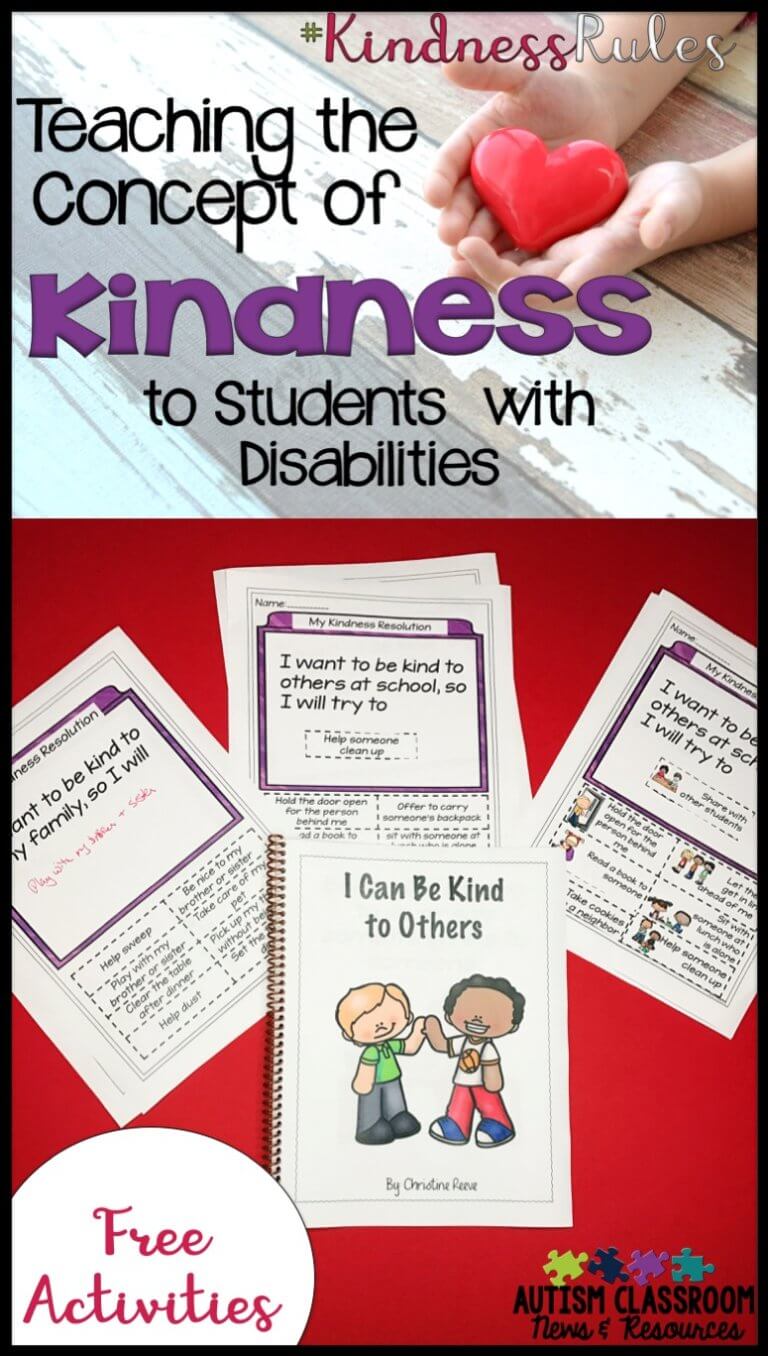We have been talking about the hidden curriculum and in the last post I talked about one of the areas that it can get our students in trouble through victimization–public restrooms. Today, I want to talk about how lack of understanding of the hidden curriculum can land our students in jail.
Autism & Law Enforcement
We have some wonderful programs going on to help first responders be more aware of autism, but particularly for our students in the general education world, they are not always the ones that first responders recognize as having a disability at first. However, regardless of our training of first responders, if our students don’t understand the hidden curriculum, they are more likely to find themselves in situations where they followed the wrong cue of those around them. As a result, individuals on the spectrum are more likely to have contact with law enforcement. And they are more likely for that contact to be negative (Taylor, Mesibov, & Debbaudt, 2009). And the outcome of those interactions are more likely to have poor outcomes for our students.
Much of these worst outcomes are because our students engaged in behavior that was not only socially wrong but was something that was violating someone else’s rights. However, chances are good that they don’t know why it was wrong.
Let’s Take Roger as an Example
Let’s say a 21 year old man (Roger) with autism has developed a crush on a girl he sees every morning in the coffee shop on his way to work. He wants to know more about her so he talks to her. They have a nice conversation and he wants to know where she lives to send her flowers. Roger knows that it is impolite, because he’s been taught the rules, to ask personal questions of someone he just met. So to find out where she lives, Roger follows her home. He follows her home that day and gets her address. The next day he sends her flowers.
He doesn’t see her in the coffee shop the next morning but he wants to make sure that she got the flowers. So he goes to her house and starts looking through her windows to see if he can see the flowers.
Meanwhile, it turns out the girl is 17 years old and still in high school. When the flowers came to the house and the girl didn’t know anything about the person who sent them (it just had his name and she had only spoken with him once), her father got suspicious. It so happens that her father saw the man peering in through their windows and called the police. He reported to the police that there was a peeping Tom at their house.
The police arrive and ask Roger if he was looking in the windows. Roger was taught to always tell the truth, especially to law enforcement, so he says “yes.” He tries to explain and says that looking through the windows is how he used to find out if a girl he knew in high school was around (the girl knew him and no one ever told him the possible consequences of that behavior). Then the girl’s father asks how he knew where she lived. So Roger tells the police that he followed her home.
At this point, the police may end up arresting Roger for either stalking and/or a sexual offense of peeping. All because Roger didn’t understand that following a girl home, even with the best of intentions, is not OK and might scare her. That you typically talk to a girl for more than 1 brief time at a coffee shop before you start sending her flowers. And you don’t look through the windows of people’s in order to find out if they are home or to see if something you sent them was delivered–you ring the doorbell.
This is a myriad of hidden curriculum items that we don’t typically teach our students explicitly.
Dennis Debbaudt was one of the first people to work on the awareness of autism with police and then all first responders. His site is a wealth of information including skills that we should build in our students to prevent problems with law enforcement (the hidden curriculum of contact with law enforcement). This is a good starting point, but we also need to think about teaching behaviors around dating and reading unwritten cues in social situations to help Roger avoid the situation he was in. We’ll talk more about that in coming posts.
In my next post we’ll talk about the impact of the hidden curriculum on the workplace and maintaining a job,
Until next time,








